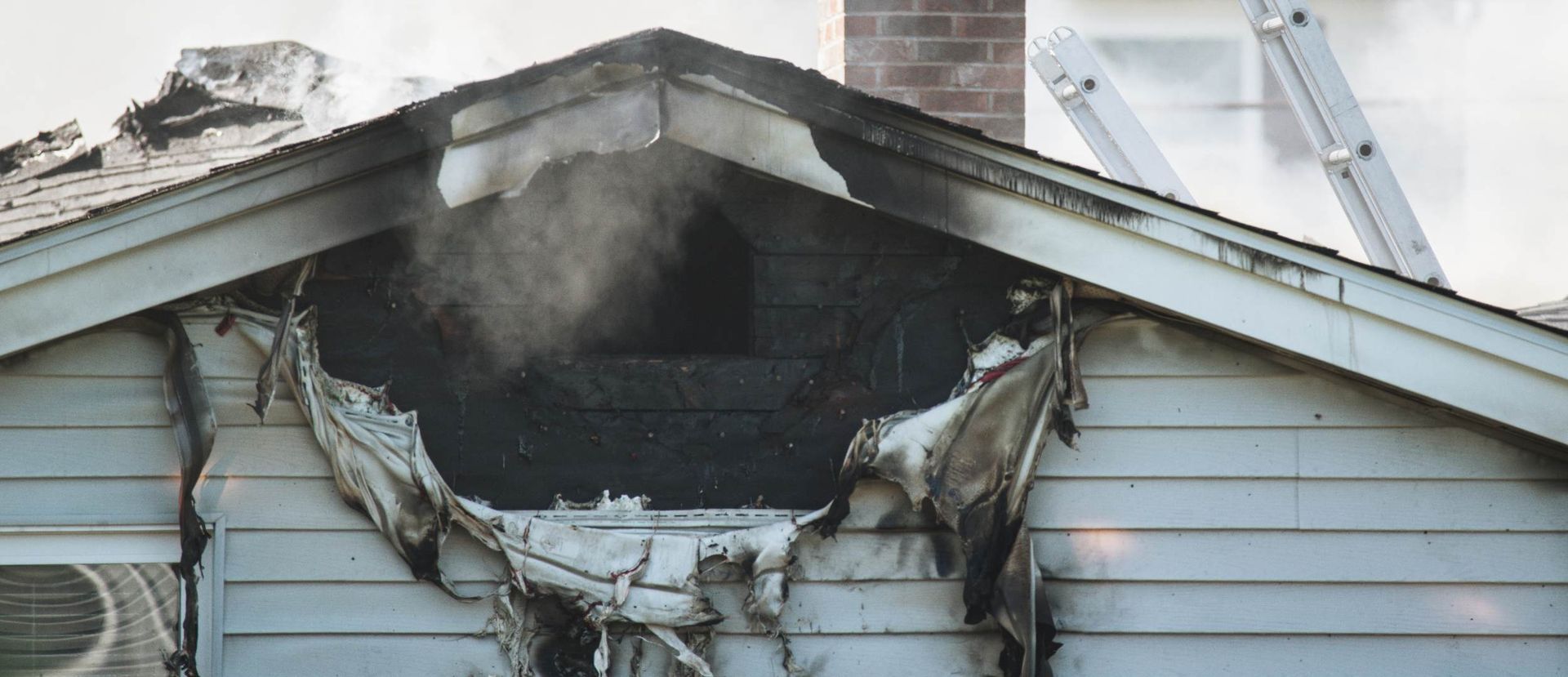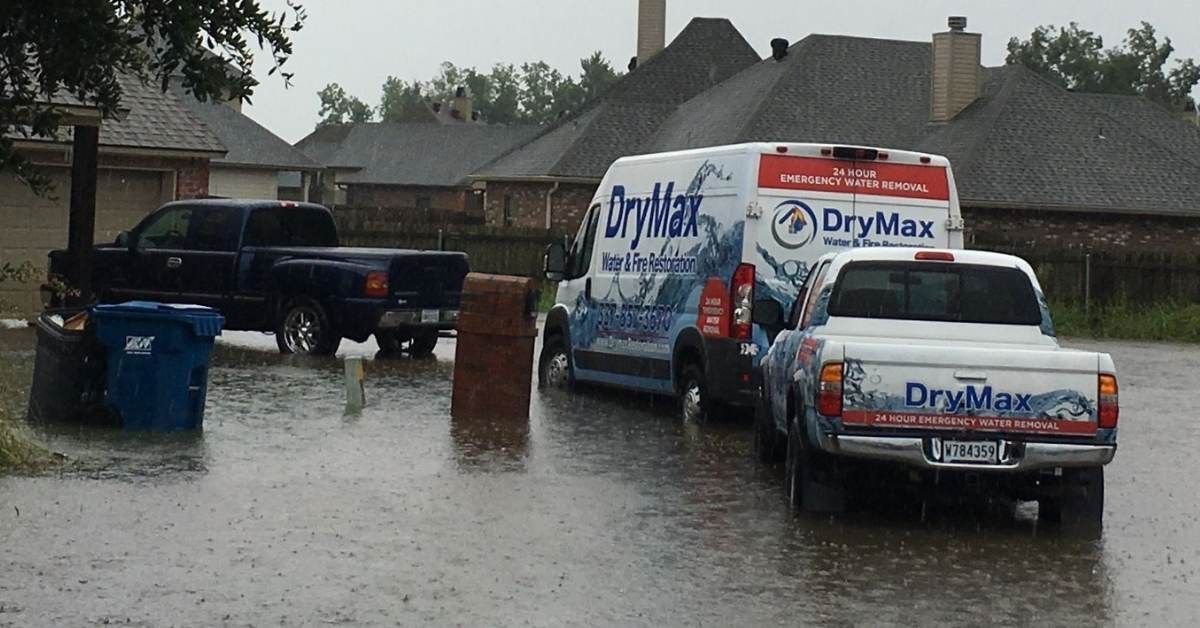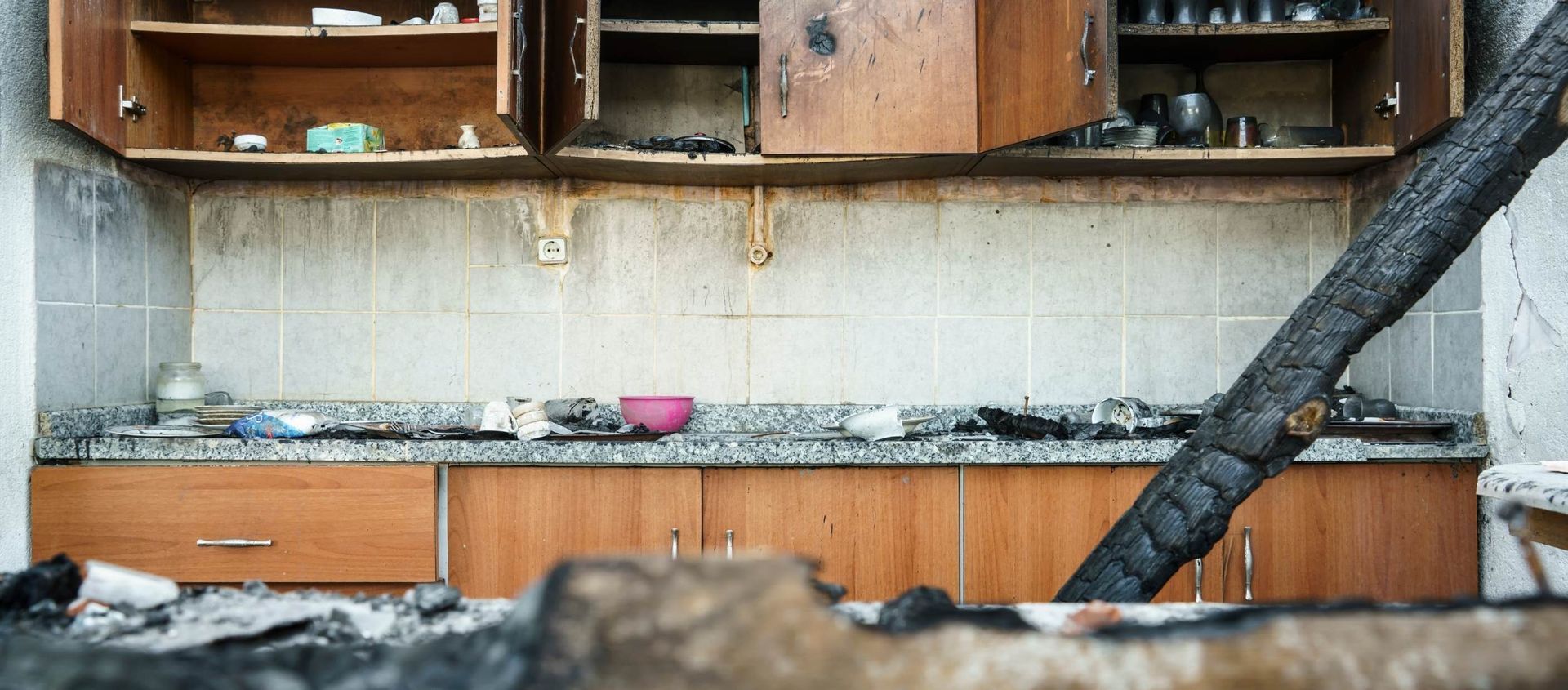Does Your Louisiana Homeowners Insurance Cover Water Damage? Key Questions on Coverage Types and Flood Exclusions
Many homeowners in Louisiana may not realize that standard homeowners insurance often does not cover water damage from floods. It is critical for homeowners to understand that while certain types of water damage may be covered, floods typically require a separate flood insurance policy. This gap in knowledge can lead to significant financial losses when unexpected events occur.
To prepare for the unexpected, homeowners should ask specific questions about their insurance coverage. They must inquire about the types of water damage included in their policy, any exclusions related to flooding, and the process for filing claims. Understanding these elements can help property owners safeguard their homes and finances.
Being proactive about insurance coverage can make a substantial difference in recovery efforts after water damage events. With the right information and preparation, homeowners can navigate the complexities of their policies and ensure they are adequately protected.
Understanding Water Damage and Homeowners Insurance
Water damage can stem from various sources and impact homeowners significantly. Understanding the coverage offered by homeowners insurance can help residents prepare for potential risks and navigate their policies effectively.
Types of Water Damage Covered
Homeowners insurance typically covers specific types of water damage that occur suddenly and accidentally. For example, damage from a burst pipe or an accidental overflow of water from appliances may fall under the policy’s coverage. These events are often categorized as “perils” in home insurance terms.
It’s essential to note that coverage can vary widely among policies. Homeowners should review their policy documents to confirm the limits and conditions stated. Additionally, some insurers may include specific endorsements for added protection against water-related risks.
Common Causes: Burst Pipes, Heavy Rainfall, and Accidental Overflow
Several scenarios can lead to water damage in a home. Burst pipes are among the most common causes, usually resulting from freezing temperatures or aged plumbing. Homeowners should inspect their plumbing regularly and consider insulating pipes in vulnerable areas.
Heavy rainfall can also lead to significant water damage. If drainage systems fail or gutters overflow, water may seep into the home. In Louisiana, it's vital to monitor weather conditions and maintain proper home drainage.
Accidental overflow from appliances, such as washing machines or dishwashers, may occur due to malfunction or user error. This type of damage is often covered by homeowners insurance, but claims should be filed immediately to ensure proper documentation.
What Your Home Insurance Policy Might Exclude
Homeowners must be aware of common exclusions in their insurance policies, especially concerning flood damage. Standard policies in Louisiana typically do not cover damage caused by floods, necessitating supplemental flood insurance for adequate protection.
Additionally, damage from gradual leaks or wear and tear is generally not covered. Homeowners should regularly maintain their property to prevent issues that may lead to water damage.
Before filing a claim, individuals should review their policy thoroughly to understand exclusions and required conditions for coverage. Knowing what is not covered can prevent misunderstandings during the claims process.
Flood Damage: Separating Flood and Water Damage Coverage
Understanding the distinctions between flood damage and general water damage is crucial for homeowners in Louisiana. This knowledge helps in evaluating coverage needs for specific risks associated with their property. Key considerations include the nature of the damage, applicable exclusions, and how to navigate insurance options effectively.
Why Flooding Is Treated Differently
Flooding is classified distinctly from other types of water damage due to its widespread impact and the nature of its occurrence. Unlike water leaks from roofs or plumbing, flooding typically arises from external sources such as heavy rain or rising rivers.
This distinction is significant because many standard homeowners insurance policies do not cover flood damage. Instead, coverage for floods often requires a separate flood insurance policy, usually through the National Flood Insurance Program (NFIP).
Homeowners in flood-prone areas must recognize these differences to avoid costly surprises in the event of a disaster.
Understanding Flood Exclusions in Homeowners Policies
Typical homeowners insurance policies exclude damage from flooding. Such exclusions specifically pertain to losses caused by rising waters, such as floodwaters entering homes during storms or significant weather events.
For example, damage from groundwater seepage or overflow from rivers is generally not covered. The Federal Emergency Management Agency (FEMA) outlines these exclusions to ensure homeowners are aware of their limitations in coverage.
It is essential for homeowners to read their policies carefully and confirm with their insurance agents about the specifics of any flood exclusions. This clarity ensures they can take appropriate measures to obtain necessary coverage.
How to Obtain Flood Insurance
Obtaining flood insurance involves several key steps. Homeowners can purchase a policy through private insurers or directly through the NFIP. It’s important to assess the flood risk of the area to determine the appropriate coverage amount.
Many communities participate in the NFIP, allowing residents to access federally backed flood insurance. When applying, homeowners must provide specific information about their property, including its location and elevation.
Additionally, potential policyholders should consider factors like waiting periods and coverage limits. Always be aware that flood insurance typically has a 30-day waiting period before coverage takes effect, meaning it’s wise to act well ahead of potential flooding events.
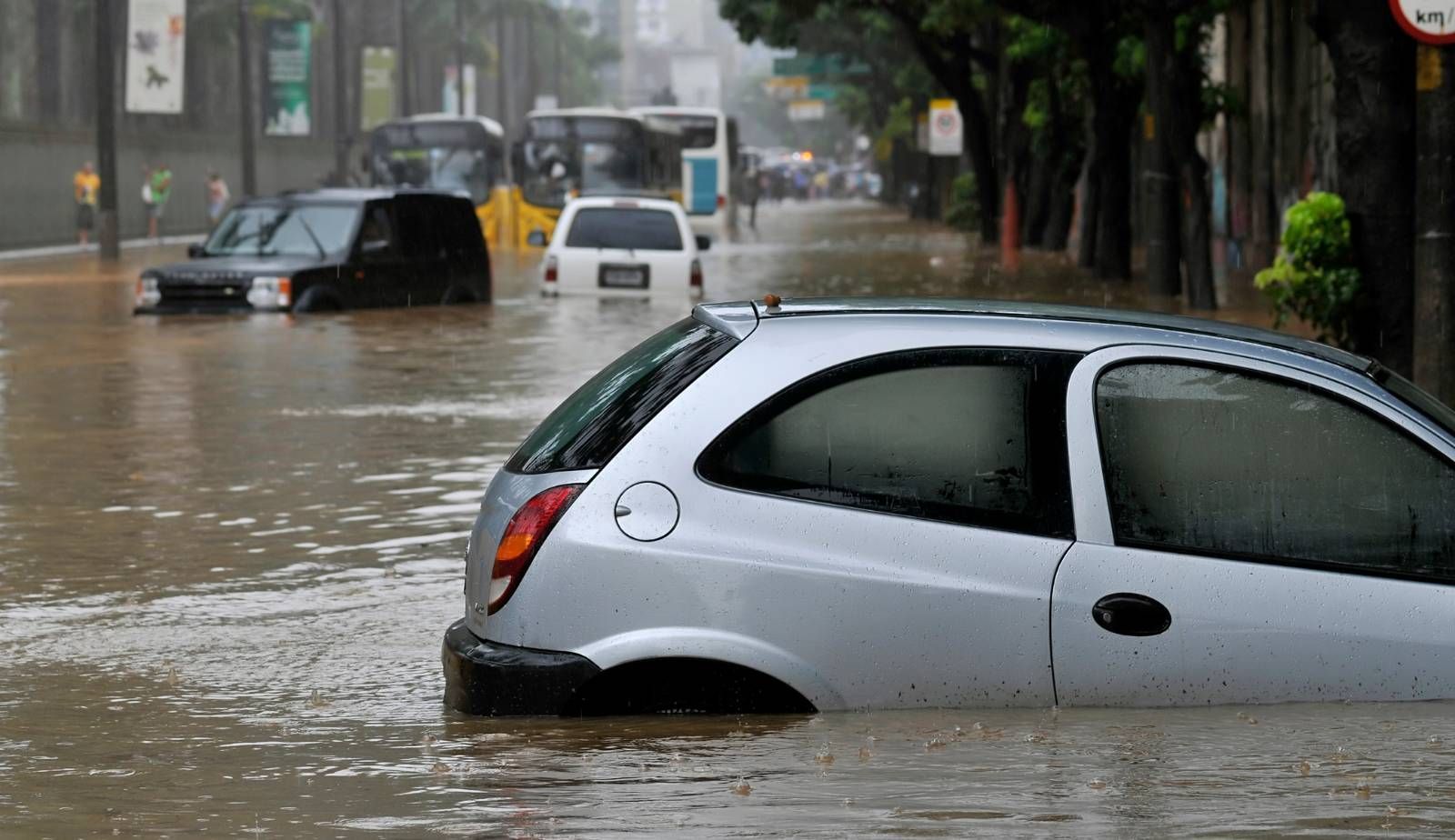
Key Coverage Types and Policy Limits
Understanding the types of coverage and the limits of a homeowners insurance policy is essential for homeowners in Louisiana. Different policies cater to various needs, and being informed helps individuals make sound decisions regarding their protection.
Dwelling Coverage Versus Personal Property Coverage
Dwelling coverage protects the physical structure of the home, including walls, roof, and built-in appliances. This type of coverage is crucial for homeowners, as it generally covers costs associated with damages from covered perils, including water damage from sudden incidents.
Personal property coverage, on the other hand, safeguards personal belongings within the home, such as furniture, electronics, and clothing. It is important to know that some policies may have sub-limits for specific high-value items. Homeowners should review their declarations page carefully to understand what is included and excluded under each type of coverage.
Assessing Your Coverage Limits
Coverage limits define the maximum amount an insurance company will pay for a covered loss. Homeowners should assess whether their limits align with the replacement costs of their home and possessions. This evaluation helps avoid potential out-of-pocket expenses.
Reviewing the declarations page regularly is essential since it outlines all coverage types and their respective limits. Homeowners in Louisiana should also be aware of the distinctions between standard coverage and additional endorsements that may provide extra protection for valuable items or certain types of water damage.
Exclusions and Endorsements: Gaps to Watch For
Homeowners in Louisiana should be aware of specific exclusions that can affect their insurance coverage. Understanding these gaps can help prevent unexpected claim denials. Additionally, endorsements can offer a way to enhance coverage against such risks.
Typical Exclusions: Mold, Seepage, and Vandalism
Most homeowners insurance policies do not cover certain types of water damage, leading to potential out-of-pocket expenses. Mold and mildew, for instance, are common exclusions. Policies typically exclude damages caused by these issues unless they result from a covered peril.
Groundwater seepage is another significant exclusion. If water enters a home through cracks or other points due to natural flooding or heavy rains, the policy may not provide support. Vandalism is also often excluded unless specific coverage is added.
Homeowners must carefully read their policy documents to identify these exclusions. It’s prudent to ask about these gaps when purchasing or renewing a policy. Understanding these aspects can help avoid future complications when filing a claim.
How Endorsements Can Enhance Coverage
Endorsements can increase a homeowner's protection against common exclusions. For instance, a vandalism endorsement can be added to cover damages resulting from malicious acts, which standard policies may not include.
Additionally, specific endorsements can address mold remediation expenses or provide coverage for water damage from groundwater issues. These added protections can make a significant difference in the aftermath of an incident.
Homeowners should consult with their insurance agents to determine the most beneficial endorsements for their needs. Tailoring a policy with the right endorsements can provide peace of mind and financial security.
Navigating Premiums, Deductibles, and Repair Costs
Understanding how premiums, deductibles, and repair costs interact is essential for homeowners. These factors can significantly impact the total cost of water damage claims and insurance coverage.
How Premiums and Deductibles Affect Your Policy
Insurance premiums are the regular payments homeowners make to maintain their policy. In Louisiana, premiums can vary based on geographic location, coverage levels, and the policyholder's claims history. Higher coverage amounts generally lead to higher premiums.
Deductibles represent the amount a homeowner pays out of pocket before the insurance kicks in. Choosing a higher deductible can lower monthly premium costs but may result in increased expenses during a claim. It is crucial to balance premium and deductible amounts based on personal financial situations and potential risks.
A common strategy is to consider potentially altering deductibles after assessing the likelihood of water damage. Homeowners should inquire about deductible options and their impact on premium costs.
Estimating Water Damage Repair Costs
Repair costs after water damage can widely fluctuate based on the extent of the damage and necessary repairs. On average, homeowners might expect to pay anywhere from $1,000 to $4,000 for minor repairs associated with water damage.
For extensive repairs, such as structural restoration or mold remediation, costs can escalate significantly, often reaching $10,000 or more. Thus, understanding coverage limits in their policy is important for homeowners.
It is advisable to obtain multiple estimates from licensed contractors to ensure an accurate understanding of repair costs. Homeowners should document damage thoroughly, as this can aid in claim processing and potentially secure higher reimbursement amounts.

Filing Water Damage Claims: Steps to Take
Understanding the specific steps involved in filing a water damage claim is crucial for homeowners. Proper documentation, timely submission, and knowing how to address potential denials can make a significant difference in the outcome of claims.
How to Document the Damage
Thorough documentation is vital when filing a water damage claim. Homeowners should start by taking clear photos of all affected areas, focusing on the water's source and extent of damage.
They should also make a detailed list of damaged items, including their value and purchase date. Receipts or proof of ownership, when available, can strengthen the claim. It's wise to document any immediate repairs undertaken, noting dates and costs. This information can aid in presenting evidence to the insurance company.
Submitting and Tracking Your Claim
Once documentation is complete, the next step is to file a claim with the insurance company. Homeowners should contact their insurance agent or claims department promptly, as many policies require timely reporting.
When submitting the claim, it’s essential to include all documentation compiled earlier. After submission, tracking the claim status is crucial. Homeowners should maintain records of all correspondence with the insurance company and note the names of contacts for future reference.
Dealing With Claim Denials and Appeals
If a claim is denied, it is important to understand the reason behind the decision. Common reasons for denial can include policy exclusions or lack of sufficient documentation.
Homeowners can request a detailed explanation from their insurance company. If they believe the denial is unjust, they can appeal the decision. Gathering additional documentation, seeking clarification on policy terms, and considering assistance from a public adjuster can be beneficial. It's crucial to act quickly, as appeals often have time limits defined by the insurance company.
Proactive Preparation for Louisiana Homeowners
Being well-prepared is essential for homeowners in Louisiana. Understanding policy details, minimizing risks, and communicating effectively with insurance providers can safeguard against unforeseen water damage.
Reviewing and Updating Your Policy Annually
Homeowners should review their insurance policy every year to ensure it reflects their current needs. This includes checking coverage limits and specific endorsements related to water damage.
Key Areas to Consider:
- Coverage Types: Confirm what types of water damage are covered, such as sudden leaks but not flood damage.
- Exclusions: Identify any exclusions specific to the policy, which may impact claims.
- Premium Adjustments: Consider how changes in property value may affect insurance costs.
Regular consultations with the insurance company can clarify any ambiguities.
Minimizing Water Damage Risk
Taking proactive steps to reduce water damage risks is vital. Homeowners can implement measures that not only protect their property but may also lead to lower insurance premiums.
Effective Strategies Include:
- Regular Maintenance: Conduct routine inspections of plumbing, roofs, and gutters to catch issues early.
- Install Sump Pumps: These can prevent flooding in basements during heavy rains.
- Elevate Electricals: Keep electrical systems above potential flood levels to avoid damage.
By reducing the likelihood of water damage, homeowners can enhance their property’s resilience against unforeseen events.
What to Ask Your Insurance Company
Communication with the insurance provider should be clear and direct. Homeowners must prepare specific questions that can illuminate gaps in coverage.
Important Questions to Consider:
- What are the specific circumstances under which water damage is covered?
- Are there any limitations or sub-limits on certain types of claims?
- How does the insurance company handle claims related to flooding versus other water damage?
Having these discussions not only prepares homeowners for potential issues but also helps them understand their policy's limitations.
Special Considerations: Extreme Events and Additional Risks
Homeowners in Louisiana must be aware of unique risks associated with extreme weather and environmental events. Understanding how these factors impact insurance coverage is crucial for effective preparation and management.
Earthquake Damage and Other Non-Water Perils
While Louisiana is not known for frequent earthquakes, homeowners should recognize that standard policies might exclude earthquake damage. Specific endorsements or separate policies may be needed to cover these events.
Homeowners should assess their risk by checking local geological surveys and consider additional protection if they lie in a seismically active area. Additionally, other perils like windstorms or hail damage may not be covered under basic homeowners insurance or may have specific limitations.
Reviewing the policy thoroughly is essential to understand exclusions and confirm coverage for extreme weather events.
Long-Term Impacts: Mold Growth and Mildew
Mold growth and mildew can severely damage homes, especially after water exposure from storms or plumbing failures. Homeowners often discover these issues after the damage has occurred, complicating insurance claims.
Most homeowners insurance policies will cover mold damage only under specific conditions, such as if a covered peril caused the water damage. Policyholders should document all damage immediately to facilitate the claims process.
To prevent mold growth, regular inspections and immediate remediation of water damage are critical. Maintaining good ventilation and controlling humidity levels can help avert long-term issues with mold and mildew.
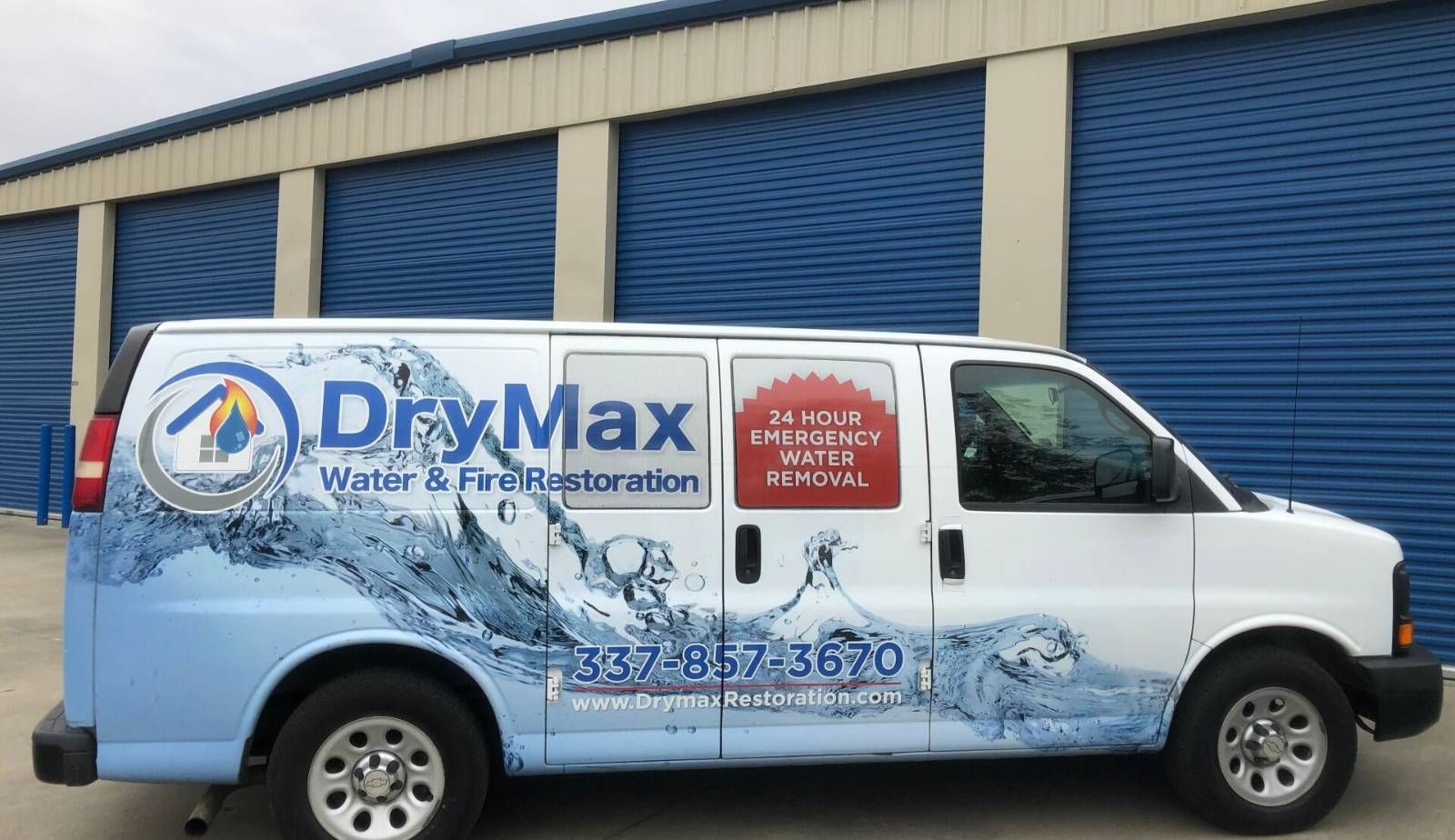
Frequently Asked Questions
Understanding water damage coverage is essential for homeowners in Louisiana. This section addresses common questions about exclusions, claims preparation, and types of covered damage.
What are the common exclusions to water damage coverage in homeowners insurance?
Homeowners should be aware that standard policies often exclude flood damage. Flooding from heavy rain or overflow from bodies of water typically isn’t covered. Additionally, gradual leaks may not qualify for coverage.
How should homeowners prepare for filing a water damage claim?
Homeowners should take immediate action to document any damage. This includes taking photos, making notes, and gathering receipts for repairs. It is also essential to report the incident to the insurance company promptly.
What types of water damage are typically covered by homeowners insurance policies?
Coverage usually includes sudden and accidental damage, such as from a burst pipe or an internal plumbing issue. Immediate drainage of water or sewer backups may also fall under the policy, depending on specific endorsements.
Under what circumstances can a water damage claim be denied by insurance companies?
Claims can be denied if the damage is due to maintenance neglect, such as not fixing leaks or addressing wear and tear. Additionally, if the homeowner fails to report the damage in a timely manner, coverage may be denied.
What steps can homeowners take to ensure adequate coverage for potential water damage?
Homeowners should review their policies annually to understand coverage limits and exclusions. They may consider purchasing additional flood insurance or endorsements that expand their coverage for water damage.
How does the water damage exclusion endorsement affect my homeowners insurance coverage?
An exclusion endorsement can limit specific types of water damage coverage. Homeowners may find that certain incidents, such as flooding, are excluded unless they have specifically included flood coverage in their policy.

